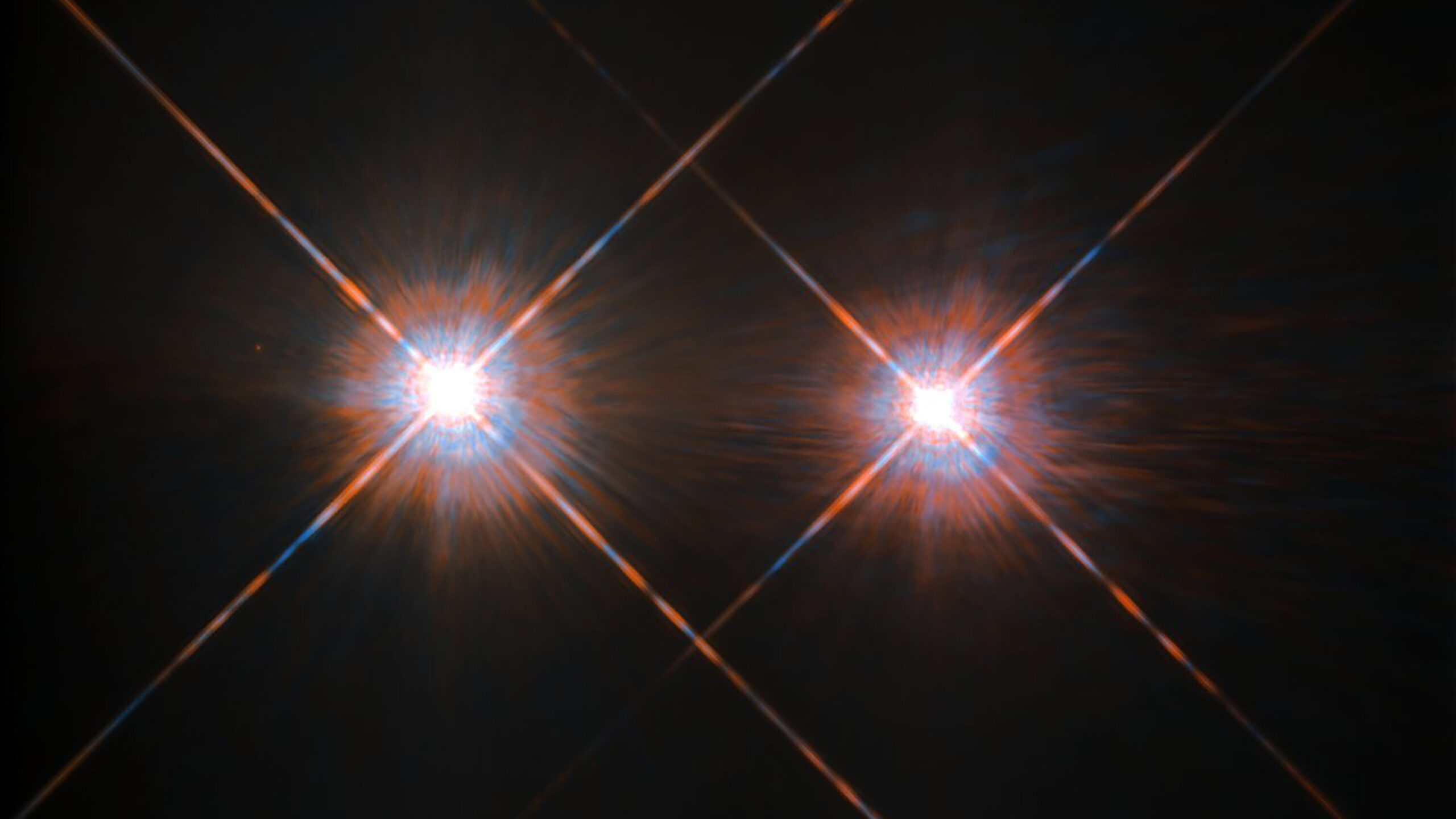
Stars Passing Near the Sun Could Cause Planets to Collide or Be Ejected, Paper Says
How did your country report this? Share your view in the comments.
Diverging Reports Breakdown
Stars Passing Near the Sun Could Cause Planets to Collide or Be Ejected, Paper Says
The Milky Way is home to hundreds of billions of stars. Each one is in motion, zinging in its own orbit around the galactic center. It’s inevitable that another star will pass closer to the sun than Proxima Centauri, currently our nearest stellar neighbor.
The findings even suggest a scenario in which our world ends not consumed by the sun, but in a carom prompted by the powers of gravity.
The Milky Way is home to hundreds of billions of stars. Each one is in motion, zinging in its own orbit around the galactic center. Consider a long enough span of time — something astronomers are wont to do — and it’s inevitable that another star will pass closer to the sun than Proxima Centauri, currently our nearest stellar neighbor. In fact, calculations based on orbits of stars cataloged by the Gaia spacecraft suggest that, every million years, 33 stars, give or take a few, do just that.
But for another star’s gravitational effects to have a sizable impact on our solar system, you need a much closer shave than that, according to Nate Kaib, an astronomer at the Planetary Science Institute. “Once you get a couple hundred times the distance from the Earth to the Sun, you can really start to destabilize stuff,” he said.
Source: https://www.nytimes.com/2025/06/28/science/sun-solar-system-collisions-stars.html
